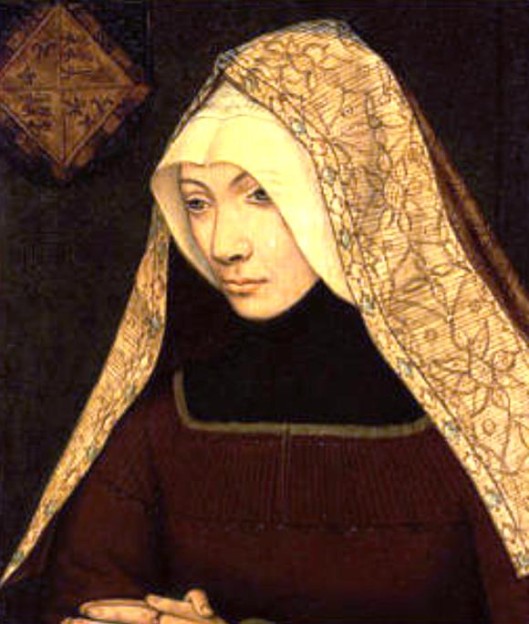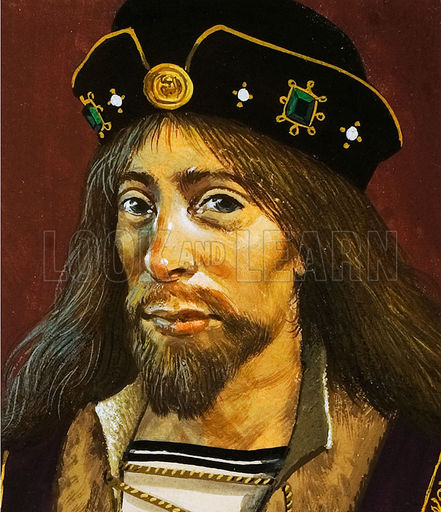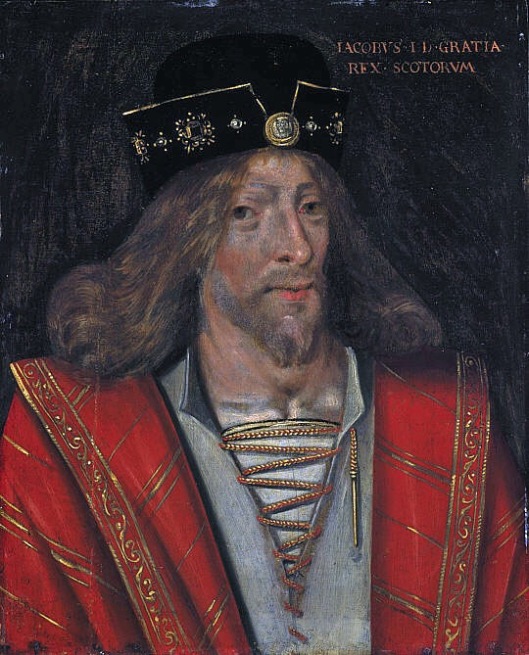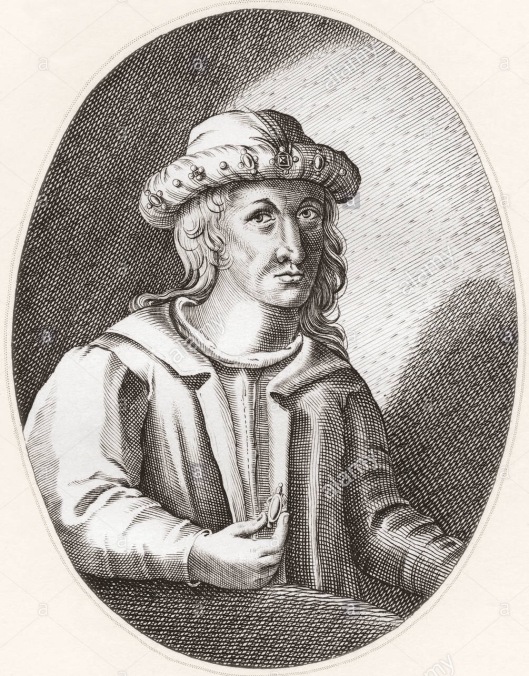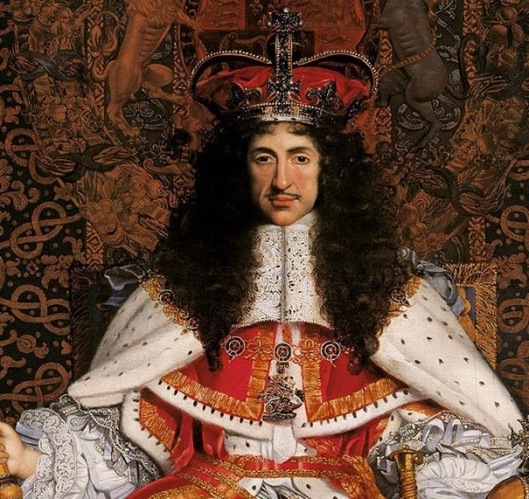Tags
Archibald Douglas, Duke of Albany, Duke of Mar, Edinburgh Castle, James I of Scotland, kings and queens of Scotland, Melrose Abbey, Murdoch Stewart, Robert of Albany
So far in our examination of the life of James I, King of Scots we have had some empathy for this boy king who was captured by the English and held in captivity for 18 years under a ransom. This view of James is about to change.
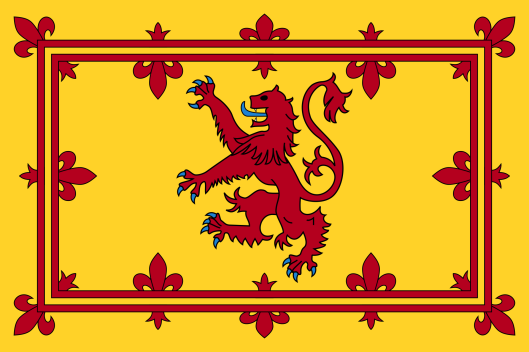
Throughout the 15th century, Scottish kings suffered from a lack of crown revenue and James’s reign was no exception. The Albany regency had also been constrained with Duke Robert owed his fees of governorship. For the nobility, royal patronage ceased entirely following James’s capture; irregular forms of political favours emerged with Albany allowing nobles such as the earl of Douglas and his brother James to remove funds from the customs. It was against this backdrop that James’s coronation took place at Scone on May 21, 1424.
The coronation parliament of the Three Estates witnessed the king perform a knighthood ceremony for eighteen prominent nobles including Alexander Stewart, Murdoch’s son; an event probably intended to foster loyalty to the crown within the political community. Called primarily to discuss issues surrounding the finance of the ransom payments, the parliament heard James underline his position and authority as monarch. He ensured the passing of legislation designed to substantially improve crown income by revoking the patronage of royal predecessors and guardians. The earls of Douglas and Mar were immediately affected by this when their ability to remove large sums from the customs was blocked. Despite this, James was still dependent on the nobility—especially Douglas—for its support and initially adopted a less confrontational stance. The early exception to this was Walter Stewart, Albany’s son. Walter was the heir to the earldom of Lennox and had been in open revolt against his father during 1423 for not giving way to his younger brother Alexander for this title. He also disagreed with his father’s acquiescence to the return of James to Scotland.
James had Walter arrested on May 13, 1424 and imprisoned on the Bass Rock—at this time, this was probably in Murdoch’s interests as well as James’s. It is probable that the king felt unable to move against the rest of the Albany Stewarts while Murdoch’s brother, John Stewart, Earl of Buchan, and Archibald, 4th Earl of Douglas, were fighting the English on the Dauphinist cause in France. Buchan, a leader with an international reputation, commanded the large Scottish army but both he and Douglas fell at the Battle of Verneuil in August 1424 and the Scottish army routed. The loss of his brother and the large fighting force left Murdoch politically exposed.
A ruthless and acquisitive king
Douglas’s death at Verneuill was to weaken the position of his son Archibald, the 5th earl. On October 12, 1424, the king and Archibald met at Melrose Abbey ostensibly to agree the appointment of John Fogo, a monk of Melrose, to the abbacy. The meeting may also have been intended as an official acceptance of Douglas but it signalled a change in the Black Douglas predominance vis-a-vis the crown and other nobles. Important Douglas allies died in France and some of their heirs realigned with rival nobles through blood ties while at the same time Douglas experienced a loosening of allegiances in the Lothians and, with the loss of his command over Edinburgh Castle, this all served to improve James’s position. Even though, James continued to retain Black Douglas support allowing him to begin a campaign of political alienation of Albany and his family. The king’s rancor directed at Duke Murdoch had its roots in the past—Duke Robert was responsible for his brother David’s death and neither Robert nor Murdoch exerted themselves in negotiating James’s release and must have left the king with the suspicion that they held aspirations for the throne itself. lands did not fall to the Albany Stewarts but were forfeited by the crown, Albany’s father-in-law, Duncan, Earl of Lennox was imprisoned and in December the duke’s main ally Alexander Stewart, 1st Earl of Mar, settled his differences with the king. An acrimonious sitting of parliament in March 1425 precipitated the arrest of Murdoch, Isabella, his wife, and his son Alexander—of Albany’s other sons Walter was already in prison and James, his youngest, also known as James the Fat, escaped into the Lennox.
James the Fat led the men of Lennox and Argyll in open rebellion against the crown and this may have been what the king needed to bring a charge of treason against the Albany Stewarts. Murdoch, his sons Walter and Alexander and Duncan, Earl of Lennox were in Stirling Castle for their trial on 18 May at a specially convened parliament. An assize of seven earls and fourteen lesser nobles were appointed to hear the evidence that linked the prisoners to the rebellion in the Lennox. The four men were condemned, Walter on 24 May and the others on 25 May and immediately beheaded in ‘front of the castle’. James demonstrated a ruthless and avaricious side to his nature in the destruction of his close family, the Albany Stewarts, that yielded the three forfeited earldoms of Fife, Menteith and Lennox. An enquiry set up by James in 1424 into the dispersal of crown estates since the reign of Robert I exposed legal defects in a number of transactions where the earldoms of Mar, March and Strathearn together with the Black Douglas lordships of Selkirk and Wigtown were found to be problematic. Strathearn and March were forfeited in 1427 and 1435 respectively. Mar was forfeited in 1435 on the earl’s death without heir which also meant that the lordships of Garioch and Badenoch reverted to the crown. James sought to boost his income further through taxation and succeeded in getting parliament to pass legislation in 1424 for a tax to go towards paying off the ransom—£26,000 was raised but James sent only £12,000 to England. By 1429, James stopped the ransom payments completely and used the remainder of the taxation on buying cannons and luxury goods from Flanders. Following a fire in the castle of Linlithgow in 1425, funds were also diverted to the building of Linlithgow Palace which continued until James’s death in 1437 and absorbed an estimated one tenth of royal income.
Part V: Downfall. Coming soon!

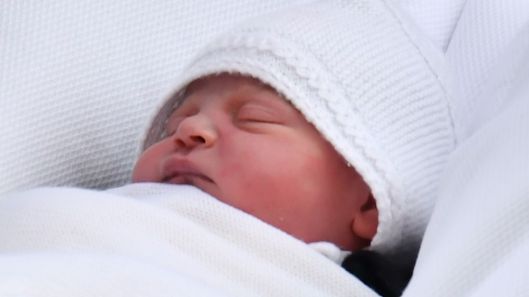
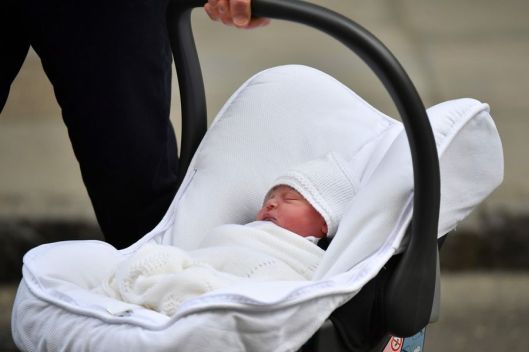
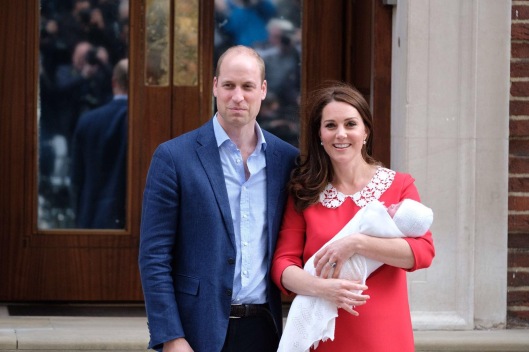
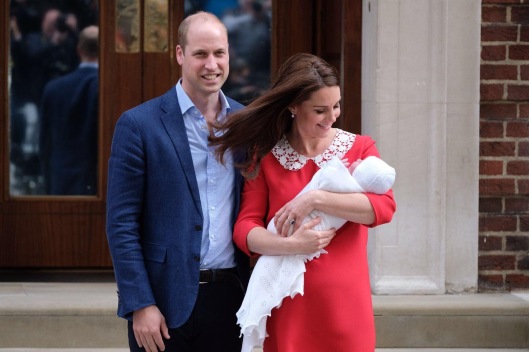
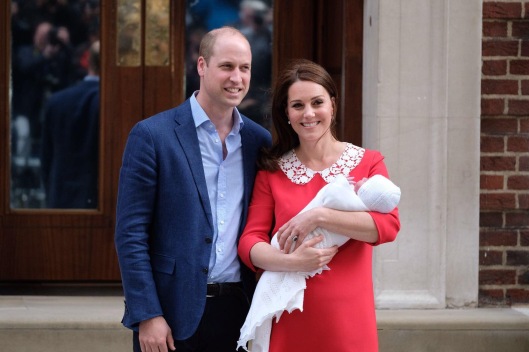
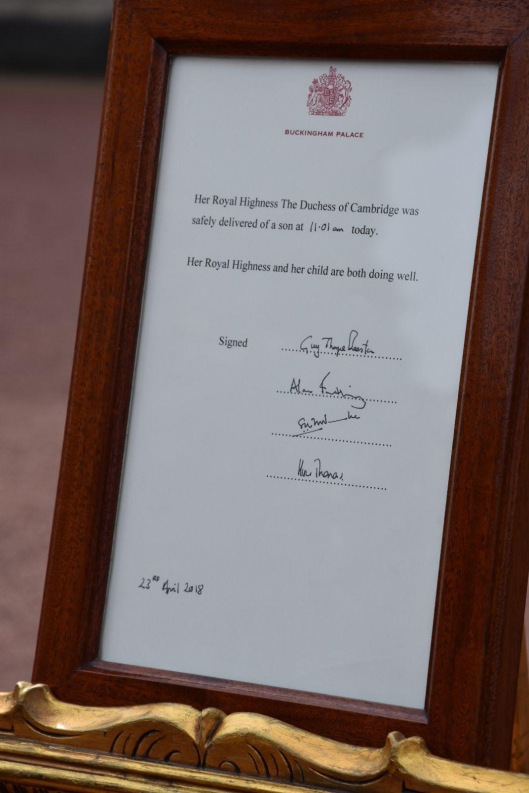
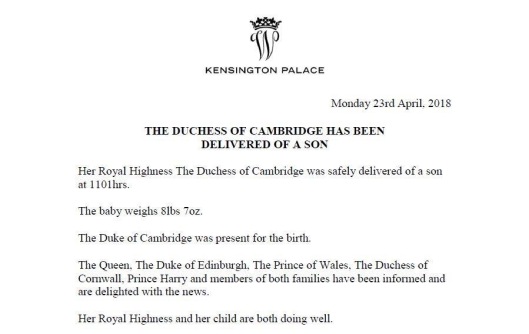
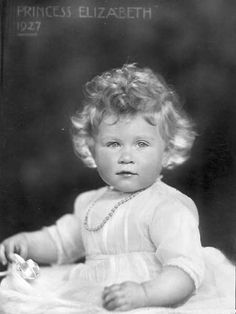
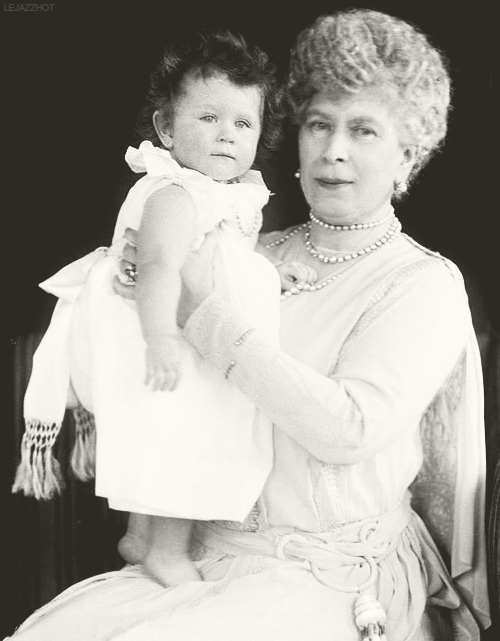
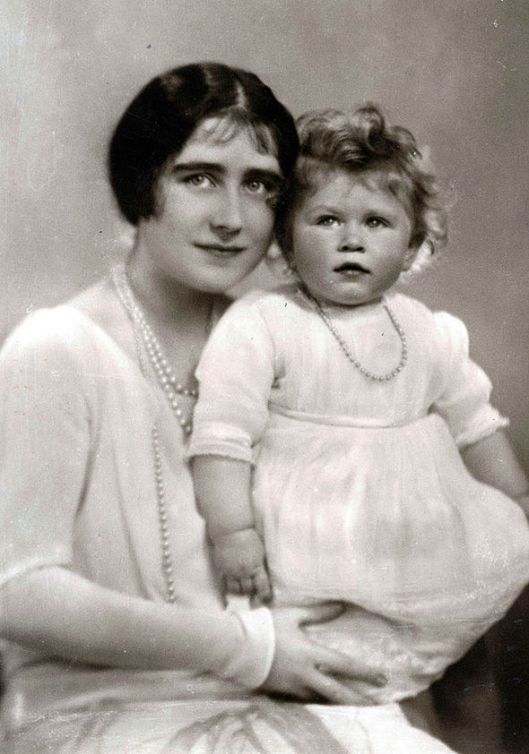
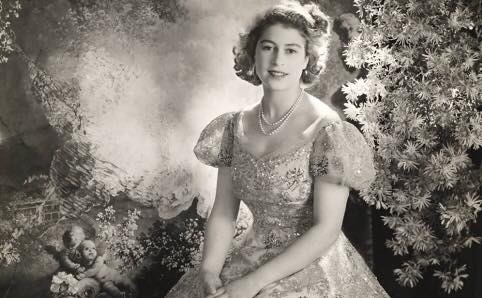 </
</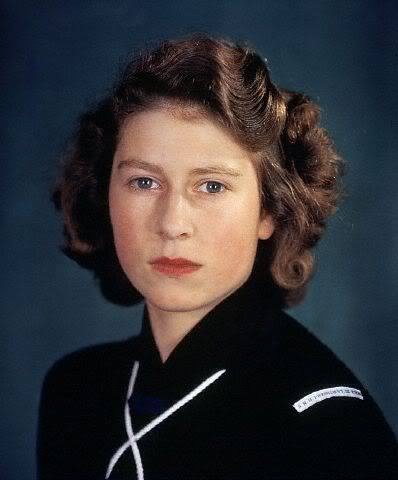
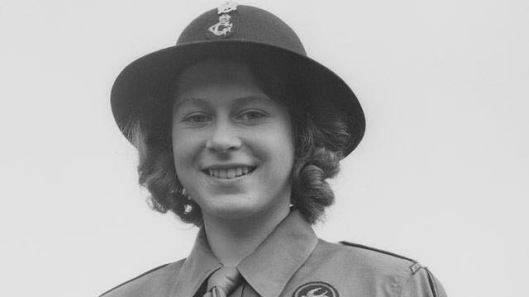
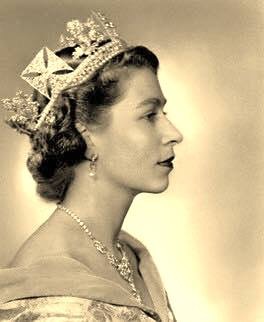
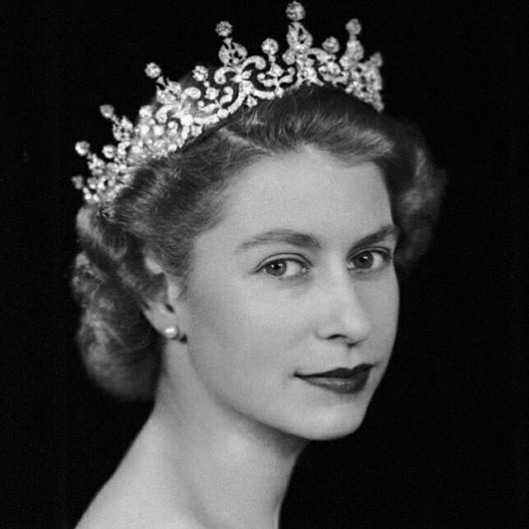
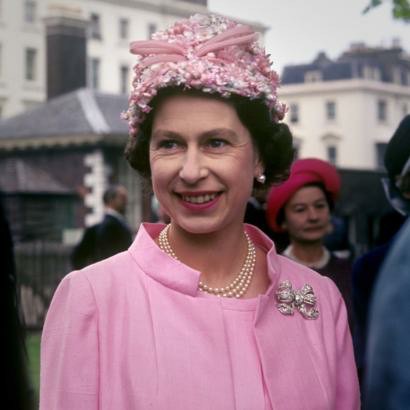
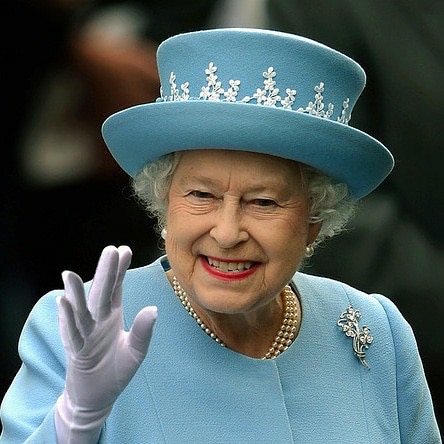
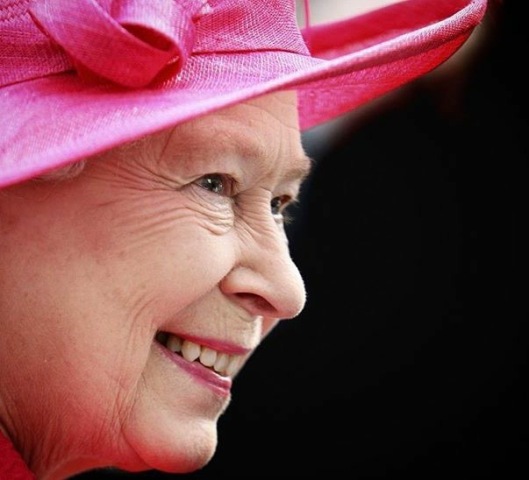 strong>
strong>